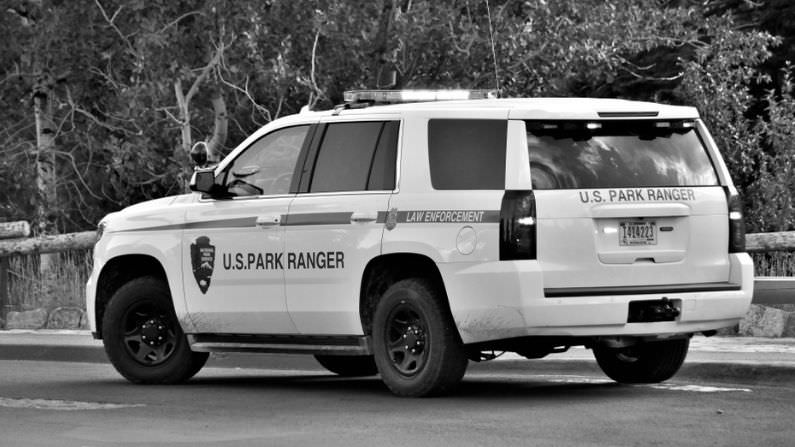Law enforcement rangers in Grand Teton National Park began using body-worn cameras in October. The effort is part of an initiative within the National Park Service to comply with “professional standards of modern policing,” according to a park press release. And Law Enforcement Specialist for Grand Teton National Park Matt Wilbur said that, so far, the program is going well.
“It’s the wave of the future. And it helps, I believe, everybody involved,” Wilbur said, “from the law enforcement officer to the individuals we’re contacting in the field. It holds everybody accountable.”
The new cameras are worn on the front of on-duty officers’ uniforms. They are always turned on and ready to start recording should an incident requiring park rangers occur, according to Wilbur, but the officers do need to initiate the recording.
“I actually don’t notice the camera on me throughout the course of the day because it doesn’t really weigh that much compared to everything else,” he said. “It’s just more a matter of that memory of making sure that I take that action to initiate the camera at the time of the contact.”
A similar program was in operation at the park as recently as 2018 but it had to be decommissioned due to equipment and, especially, data storage issues as a result of outdated technology.
“It ranged from anywhere from VCR tapes to DVDs to thumb drives, and then attempting to manage all that data on the backside was extremely difficult, if not impossible at times,” Wilbur said of the old program.
Now, technology has been upgraded and the process of uploading evidence to a national database streamlined. Wilbur also added that most of the rangers he’s working with don’t notice much of a difference in how they operate during their day-to-day duties.
“They’re all very pleased that the program’s been reinstated,” he said. “It’s just been great feedback from what I’ve heard so far.”
Footage from body cameras will be made publicly available whenever possible, Wilbur said, and glitches and data storage issues have been rare so far. Cameras will not be activated during informal conversations with park visitors, and the footage will primarily be used to better document law enforcement actions, gather evidence and assist with ranger training.






